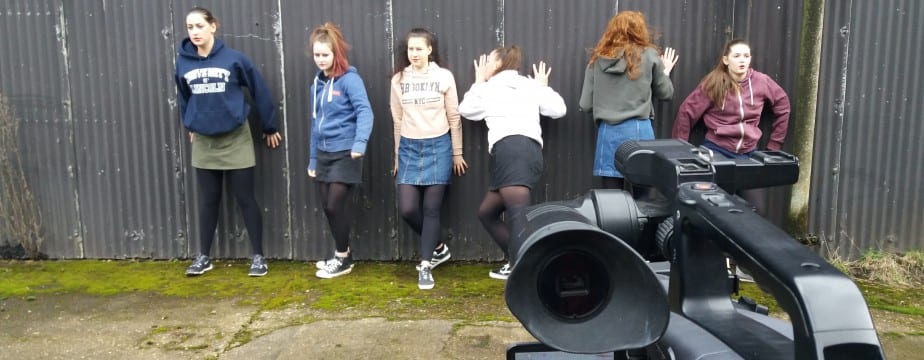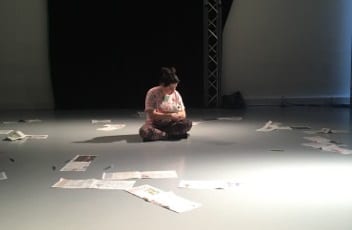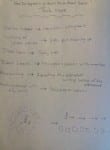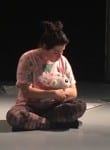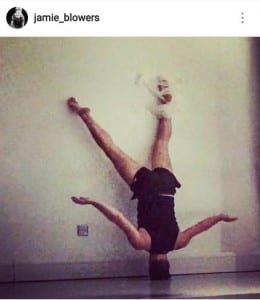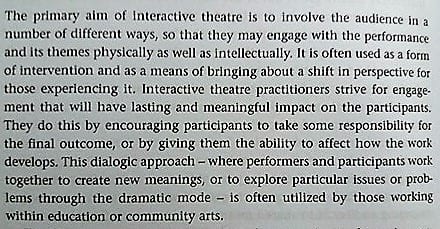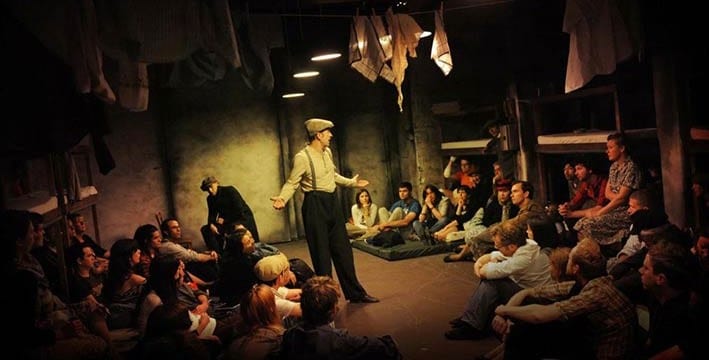Rehearsal
In a cold weather, six of my dancers and I, walked past the campus and found a big black industrial wall, ready to accommodate dancers’ “Body pressure”.
Facing and not the camera, the dancers were pushing in their way the wall while reciting the words of the text.
But why?
Marina Abramovic’s “Body pressure” included a glass wall and her body, when behind her there played a recording of her reciting the text.
I wanted to make something similar, but not the same. I wanted a one-sided wall, so that the audience would have to only take in what they see without approaching, going round or focus on the wall. I, also, wanted to give color to my video, so the dancers are wearing colors instead of one-color outfits. However, they all wear red lipstick; a reason for that will be later revealed. Lastly, they are reciting the text without recording but live. It is difficult to see who is reciting which line and that makes it more distant and difficult to connect the bodies to the voice. If we think more about it, this is what Marina Abramovic did: she removed her voice when she was performing, while adding it on her; not with her or in her or out of her.
The video that will be edited, will be projected during the first part of the final choreography in-progress I will make on “Body pressure”.
Find out more about the choreography and my ideas, that I base on Marina Abramovic’s performance and documentation on “Body pressure”,
the readings, the discussions with my tutor and classmate and my ideas by clicking here.
Lesson on performance
How can performance be every action that is being watched by an audience?
My in-the-box mind cannot even think about it.
Please follow this link to read my ideas on this.
